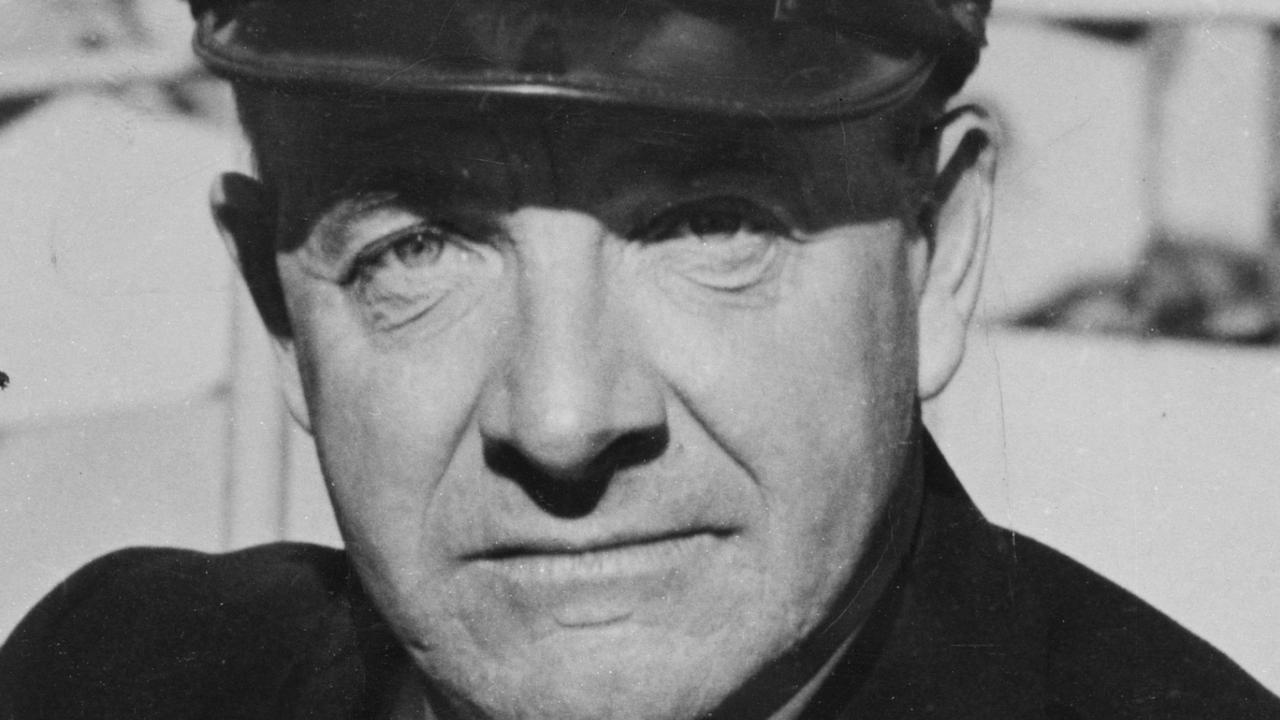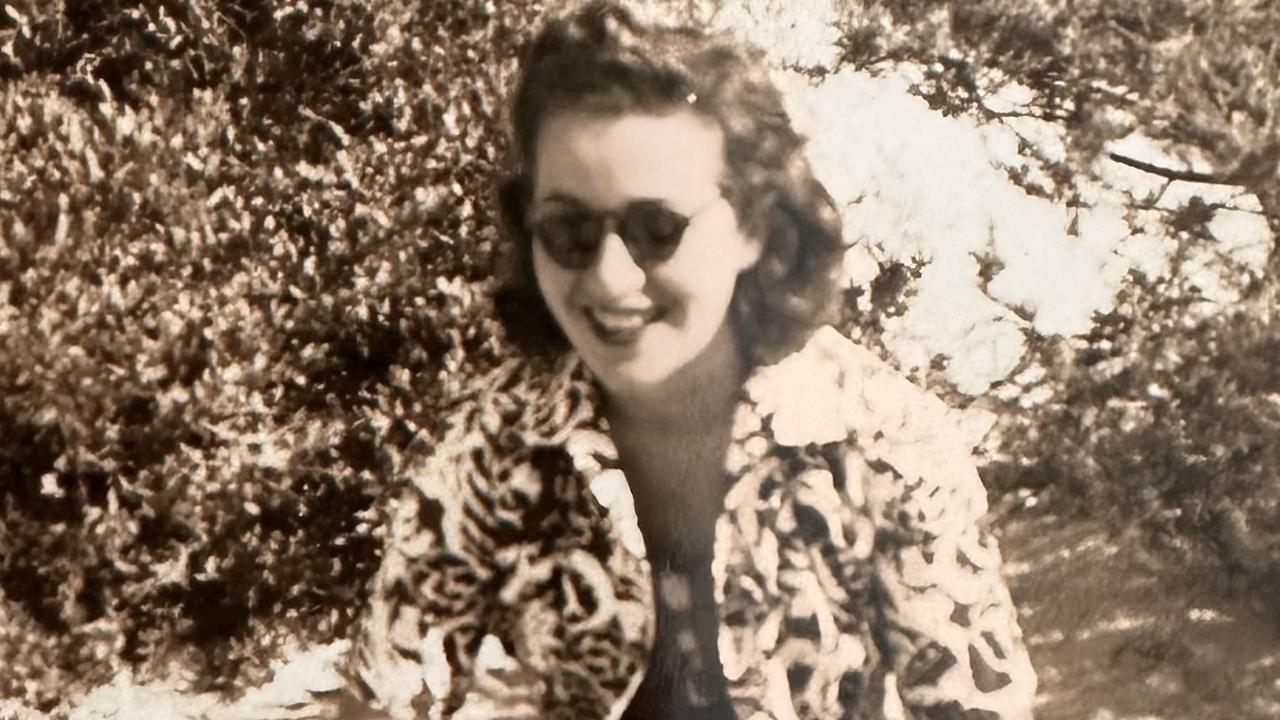How a ‘crazy darn fool duck’ became an instant Looney Tunes cartoon star
DAFFY Duck made his debut 80 years ago today in the cartoon Porky’s Duck Hunt, playing a screwball second fiddle to established star Porky, but the foul-tempered fowl developed into a star in his own right.

Today in History
Don't miss out on the headlines from Today in History. Followed categories will be added to My News.
“DON’T let it worry ya skipper, I’m just a crazy darn fool duck” were the first words uttered by one of the all-time great animated characters, Daffy Duck. He then emphasised the point by letting out a bizarre hooting laugh, and bouncing around all over the lake, to the bemusement of hunter Porky Pig.
Daffy made his debut 80 years ago today in the cartoon Porky’s Duck Hunt, albeit playing a screwball second fiddle to established star Porky, but he left such an impression that he would become a favourite alongside the animated pig.
He developed into a star in his own right. Initially as a loopy annoyance to other characters, he developed into a foul-tempered fowl with a sense of self-importance that set him up for having his dignity wounded, not unlike Donald Duck, Disney’s emerging feathered star who had made his debut in 1934.
Daffy’s origins lie in the fierce competition between cartoon companies in the ’20s and ’30s. Disney had success with Mickey Mouse and his growing coterie of animal pals. Warner Brothers also gained an audience with its quirky animated shorts mostly featuring animals, based around songs from Warner’s back catalogue. The Looney Tunes cartoons had originally only been created to sell sheet music and pianola rolls. When producer Leon Schlesinger’s best animators walked out in 1933, taking with them the rights to regular characters they had created, he had to rebuild his retinue of cartoon stars.

One of the first was Porky, a stuttering pig who was originally a sidekick to Beans the Cat. They made their debut in I Haven’t Got A Hat in 1935, but Porky proved more popular. Warner animators then looked for more goofy situations for Porky. Among the ideas was Porky going duck hunting. In the ’30s, hunting was still a popular pastime, but duck populations had collapsed, bringing about fierce competition among hunters. Federal regulations were introduced in 1934 making licences for duck hunters mandatory, and there were stories in the news of bumblers being caught by authorities. It was rich comic fodder for the Warners animators, who showed the amateurish Porky unable to bag his duck. Porky’s Duck Hunt was directed by Tex Avery, animated by Bob Clampett, with Mel Blanc providing both Porky and Daffy’s voice.

Even though only a bit player, Daffy was an instant hit. He was serious competition for Disney’s popular Donald. The studio looked for another vehicle for their duck. In 1938, Schlesinger reused the hunting idea, and even some of the animation, to make Daffy & Egghead, this time giving Daffy even more craziness and in-your-face attitude as he tried to evade the hunter Egghead (who would later evolve into Elmer Fudd). This cartoon also introduced Daffy’s signature lisp, said to have been based on Schlesinger’s speech impediment.
The hunting theme worked so well it would be revisited time and time again in Warner cartoons. Inspired by the success of the Daffy hunting cartoons, Porky’s Hare Hunt introduced a rabbit character in 1938. Mel Blanc was called on to provide the voice of the rabbit because the director wanted it to sound similar to Daffy, who was already popular. The rabbit evolved into Bugs Bunny, making his first appearance in the 1940 short A Wild Hare. Bugs Bunny would become Daffy’s nemesis in a series of cartoons in the ’50s where Elmer Fudd hunts either one or the other or both.


Over time Daffy began to look more human. He also developed a habit of speaking to the audience. His character also became more like Donald, with less kookiness and more attitude as he took on other roles.
In the ’40s he appeared in propaganda films. In 1950 he became The Scarlet Pumpernickel, a spoof of The Scarlet Pimpernel and other sword-fighting films popular the time. In 1953 he was Duck Dodgers in the 25th and a half Century, a send up of Buck Rogers and science fiction films that introduced another nemesis Marvin the Martian. He also became the bumbling super hero Stupor Duck in 1956.
During the ’60s he had a bad patch, paired with Speedy Gonzales, showing a bit too much bitterness, which was toned down in later cartoons.
His most recent outing was as a cab driver in the 2015 Looney Tunes film Rabbits Run and it doesn’t look like it will be his last. Happy birthday Daffy.
Originally published as How a ‘crazy darn fool duck’ became an instant Looney Tunes cartoon star


